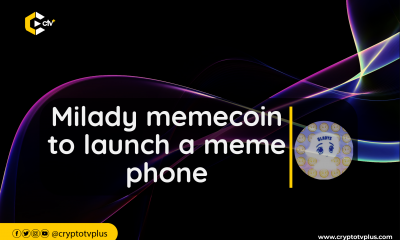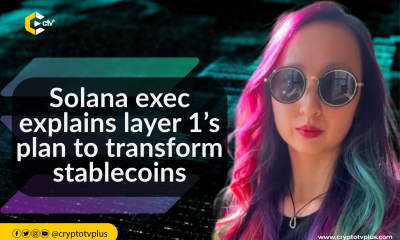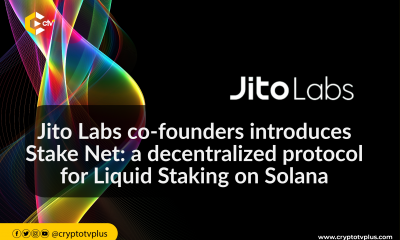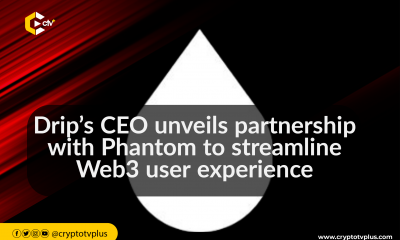FEATURED
Helium Foundation’s CEO discussed DePIN and Helium’s evolution
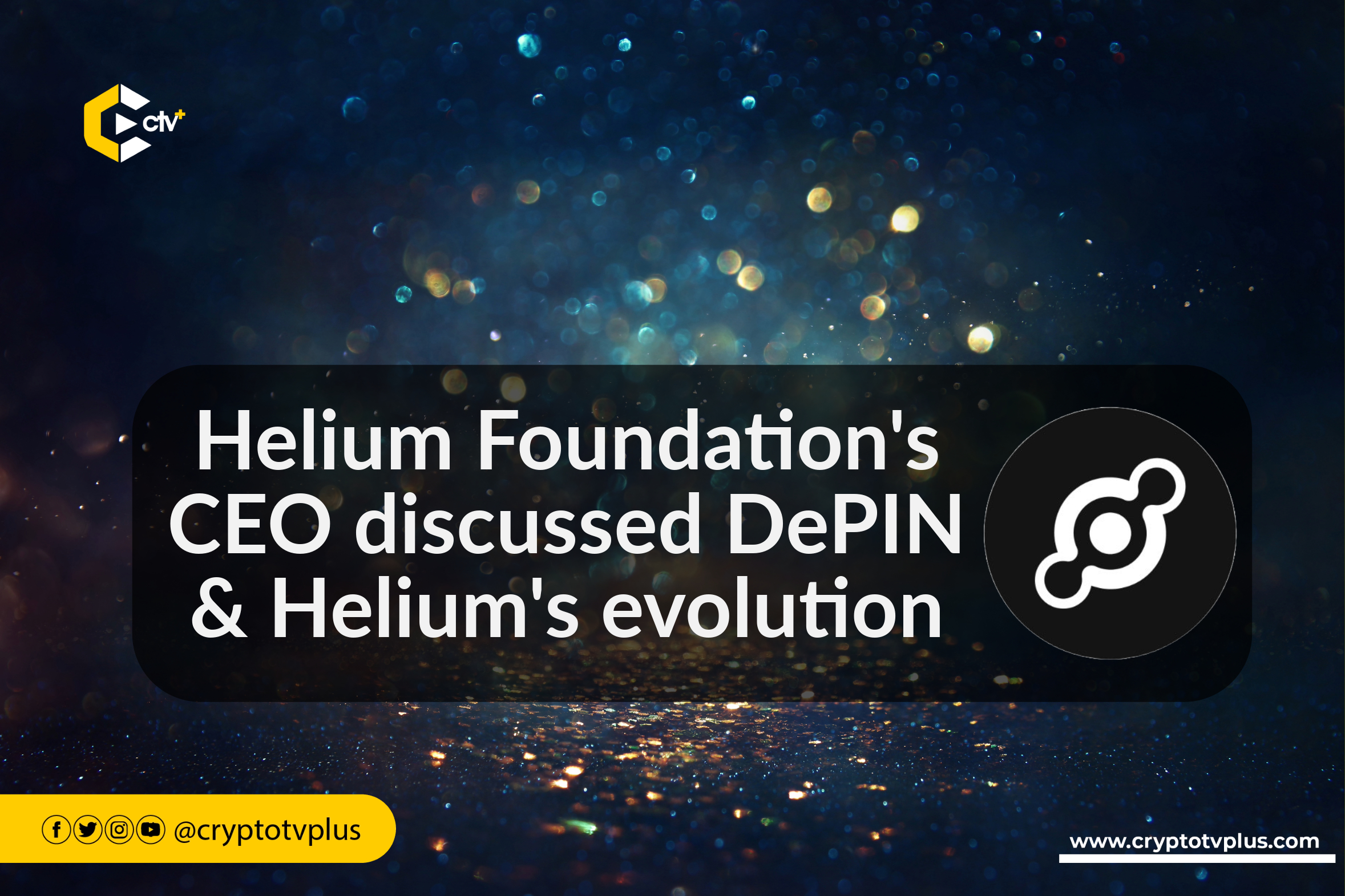
Abhay Kumar, CEO of Helium Foundation, in an engaging presentation at Breakpoint 2023, spoke about decentralized physical infrastructure networks (DePIN) and the journey of Helium’s migration to Solana.
The session offered insights into the challenges faced by networks and showcased the potential of Helium’s innovative solutions.
Decentralized Physical Infrastructure Networks (DePIN) are blockchain networks that use tokens to incentivize communities to build and maintain physical infrastructure networks in the real world, such as mobility, electric vehicle charging, telecoms, and more.
DePIN projects aim to create democratized technologies to compete with or replace centralized technological offerings, allowing individuals to contribute to the adoption and decentralization of the service and be rewarded with cryptocurrency for their services.
Transforming Infrastructure Networks: Helium to DePIN
Helium embarked on its journey as a for-profit company, with its primary focus on tracking solutions and temperature-related tracking in the Cold Supply Chain. However, the company soon faced a new obstacle: providing seamless connectivity beyond the confines of the campus.
To tackle this challenge, Helium took the lead in developing the concept of DePIN (Decentralized Physical Infrastructure Networks). By pioneering this decentralized ecosystem, Helium went beyond the limitations of traditional Wi-Fi, connecting users worldwide.
The rise of DePIN and Helium’s impact on Web 3.0
The concept of Decentralized Physical Infrastructure Networks (DePIN) is gaining traction in the crypto community. Abhay explored different network types, such as wireless, GS special, mobility, storage, and compute networks, to showcase the versatility of DePIN.
In emphasizing the wide range of possibilities offered by DePIN, Abhay also highlighted the importance of clearly defining what qualifies as a true DePIN. He dismissed claims that Bitcoin could be classified as a DePIN, stating that genuine physical infrastructure networks necessitate collaboration and utility generation.
Helium’s success story: building a global network
Transitioning to Helium’s achievements, Abhay presented the remarkable growth of Helium’s Internet of Things (IoT) network. It started with individuals with limited technical expertise climbing onto rooftops to deploy hotspots, and has now evolved into a robust community of deployers. The success of Helium lies in its decentralized and collaborative approach.
Abhay unveiled an impressive map that showcased the vast coverage of Helium’s IoT network, underscoring the global impact achieved through community-driven deployments.
This coverage extends beyond urban landscapes and proves instrumental in tackling real-world challenges. For instance, in Portugal, Helium’s network is indispensable in tracking and responding to emergencies like floods.
Use cases: Helium’s impact beyond connectivity
Abhay went beyond discussing connectivity and delved into the impactful use cases enabled by Helium’s network. He highlighted examples such as Lim Loop, a company utilizing Helium’s tracking capabilities for reusable packaging.
Additionally, he mentioned a shop owner in California who employs Helium’s network to monitor exotic car parts during shipping.
Furthermore, Abhay shared the collaboration with Green Metrics in Portugal, where Helium’s network assisted in real-time flood tracking. This demonstration showcased the potential of DePIN in disaster response and management.
Helium’s transition to Solana: a seamless user experience
Continuing the discussion, Abhay delved into Helium’s migration to Solana earlier this year. He emphasized the user-centric approach, noting that over 150,000 active wallets seamlessly transitioned to the Solana ecosystem. This migration enabled users to effortlessly access their tokens without sacrificing the familiar interface.
Abhay also expressed gratitude for the collaboration with the Solana ecosystem, expressing excitement about the enhanced composability with other projects within the network. He specifically highlighted partnerships with teams like Top Ledger and Dun, which further bolstered Helium’s capabilities in the Solana ecosystem.
Read also; Mango Markets co-founder discusses the fundamentals of Order Book V2 for DEXes



